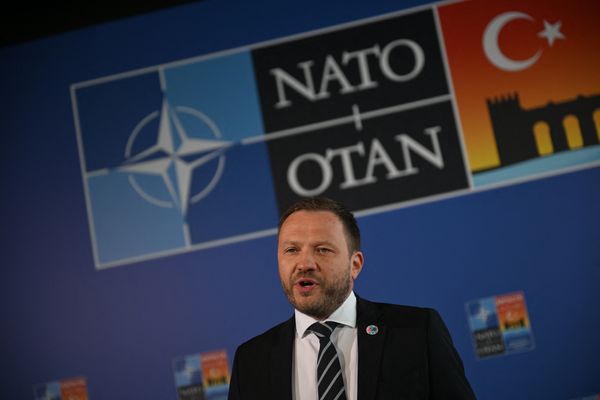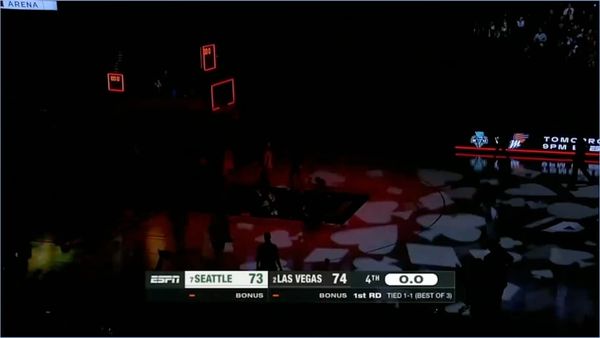The use of a popular vehicle for taking tech companies and other businesses public is slowing amid volatile stock market conditions and market saturation, among other reasons. Known as special purpose acquisition companies, these SPAC stocks now are underperforming.
The use of SPACs to bring companies public soared in 2020 and 2021, especially for companies in the technology sector. In this two-year span, much of the SPAC activity has been in the technology and life sciences sectors and continues to be the primary picking grounds thus far this year, according to White & Case, an international law firm that tracks SPAC activity.
The three largest SPAC deals last year were tech related: electric-vehicle maker Lucid Group, food deliverer Grab Holdings — which relies heavily on technology — and fintech player SoFi Technologies.
Others include quantum computing company Rigetti Computing, electric-car company Fisker, alternative-energy firm Energy Vault and telecom infrastructure company Airspan Networks.
Last year was a hearty one for SPAC stocks. Among the highlights, more than 117 companies in the technology, media and telecom sector combined with SPACs to go public and raise $67 billion in proceeds. That was a fourfold increase in the number of deals from the prior year.
Currently, there are more than 600 SPACs hunting for acquisitions, according to Renaissance Capital, which manages two IPO-based exchange traded funds. The most common targets are tech companies, which can include applications in telecom or media, Renaissance says.
Withdrawal Of SPAC Stock Plans
However, since January, almost 30 SPACs have written to the U.S. Securities and Exchange Commission to cancel planned initial public offerings, according to Renaissance. That's more than all SPAC cancellations in the second half of last year.
"The SPAC market has started cracking in recent months," said Avery Spear, research analyst at Renaissance. "More sponsors are abandoning their IPO plans, and merger terminations are on the rise."
Among those that withdrew filings were Serendipity Capital Acquisition. The SPAC originally filed in May 2021 to raise $250 million. It planned on a business combination in the fintech sector.
Activate Permanent Capital Corp. also withdrew. Activate originally filed in July 2021 to raise $250 million. The SPAC planned to focus on alternative energy, mobility or the intelligent automation field.
The craze in SPAC IPOs began in 2019's fourth quarter with the highly successful offerings of spaceflight company Virgin Galactic and DraftKings, an online betting company.
Now, in addition to the overall challenging market conditions, SPACs are also facing greater scrutiny from regulators and investors alike. Poor post-merger returns to investors are also weighing heavily on activity across the entire SPAC life cycle.
"We are still seeing new filings and deals getting done, but the numbers are steadily declining," Spear said.
SPACs Are Not Your Typical IPO
SPACs, also called blank-check companies, are not your typical IPO. They start out as a shell company that raises money by selling stock to the public. They use that money to acquire a privately held business. The privately held company then merges with the shell company and, ultimately, begins trading publicly under a new ticker. The process usually is completed within two years, though it has been done in a period of several months.
While SPACs are not new, they received a renewed focus for various reasons. Among the catalysts was the Covid-19 pandemic, which shut down the traditional IPO market for about two months. That began in March 2020, at a time when the IPO market was accelerating and building a backlog.
SPAC IPOs helped to relieve the backlog. They also provided a quicker and simpler path to public markets, even for companies with little or no revenue.
In a typical SPAC deal, often a group of wealthy individuals create a shell company. Once established, the SPACs sell shares for $10 each, on average. Depending on investor demand, the SPAC might raise $150 million, $250 million or more. Some highly popular SPACs have raised more than $1 billion.
Then a hunt begins for a private company to acquire and then merge with. The buyers of those shares have the option to sell them back if they end up not liking the company the SPAC plans to bring public.
SPAC Stocks Trading Below IPO Prices
But what's also hurting the SPAC stock issuance market is that many haven't performed well after the newly merged company begins trading on public markets. Of the class of 2020, about 75% are trading at or below the IPO price, according to Renaissance.
"At the moment, the traditional IPO market is weak too, for similar reasons: market conditions and poor returns," said Spear. "And now we have the turbulence in the capital markets exacerbated by the Russian invasion of Ukraine."
However, she said, "While the SPAC market's path to recovery is more uncertain, we have seen the IPO market rebound many times before. The pipeline has plenty of candidates ready to go once the IPO market becomes more amenable."
Please follow Brian Deagon on Twitter at @IBD_BDeagon for more on tech stocks, analysis and financial markets.







